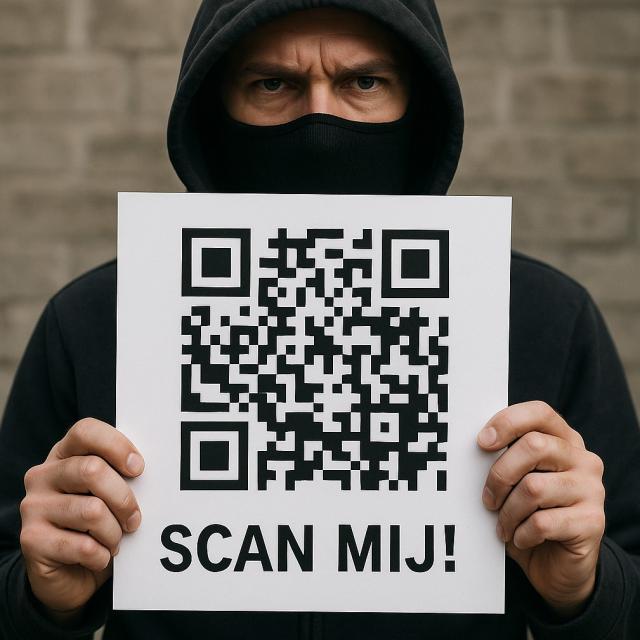
QR codes are indispensable in daily life. A quick scan to order a cappuccino or to share an account feels easy and safe – and it is usually too. Yet there is a danger in this convenience. Banks and experts warn of a growing form of cyber crime: QR-code fraud, also called quishing named.
Criminals use forged QR codes to mislead people. Because creating such a code is simple, they are distributed in all sorts of ways: via a payment request in an e-mail, a sticker in a parking machine or even in a letter supposedly from the bank. Whoever scans the code ends up on a counterfeit website that looks reliable, but in reality is designed to steal personal data or money.
Street interviews show that many people would scan a QR code without hesitation, without checking where the link leads to. According to ABN AMRO fraud experts, it is precisely that carelessness is risky. They advise to always be alert and to see if the website that appears is logical in the situation.
Prevent QR-code fraud
There are different ways to prevent QR-code fraud. For example, a reliable QR codes scanner, such as the Checkjelinkje app recommended by the police, can warn against unsafe links. It is also important to pay extra attention when a website unexpectedly asks for personal or bank details, especially if there is time pressure. In addition, experts recommend checking whether an e-mail or letter with QR code actually comes from a reliable source. Moreover, never scan QR codes that are installed in the public space. Banks, including ABN AMRO, emphasize that they never ask customers via a QR code in an e-mail or letter to log in or request a new payment card.
If someone still falls victim to QR-code fraud, it is important to take immediate action. The first step is to report the police and to inform the bank. Next, bills can be blocked and passwords changed. It is also wise to scan the phone on malware. Victims who need support can go to Victim Support Netherlands, where an online fellow sufferer group is available.